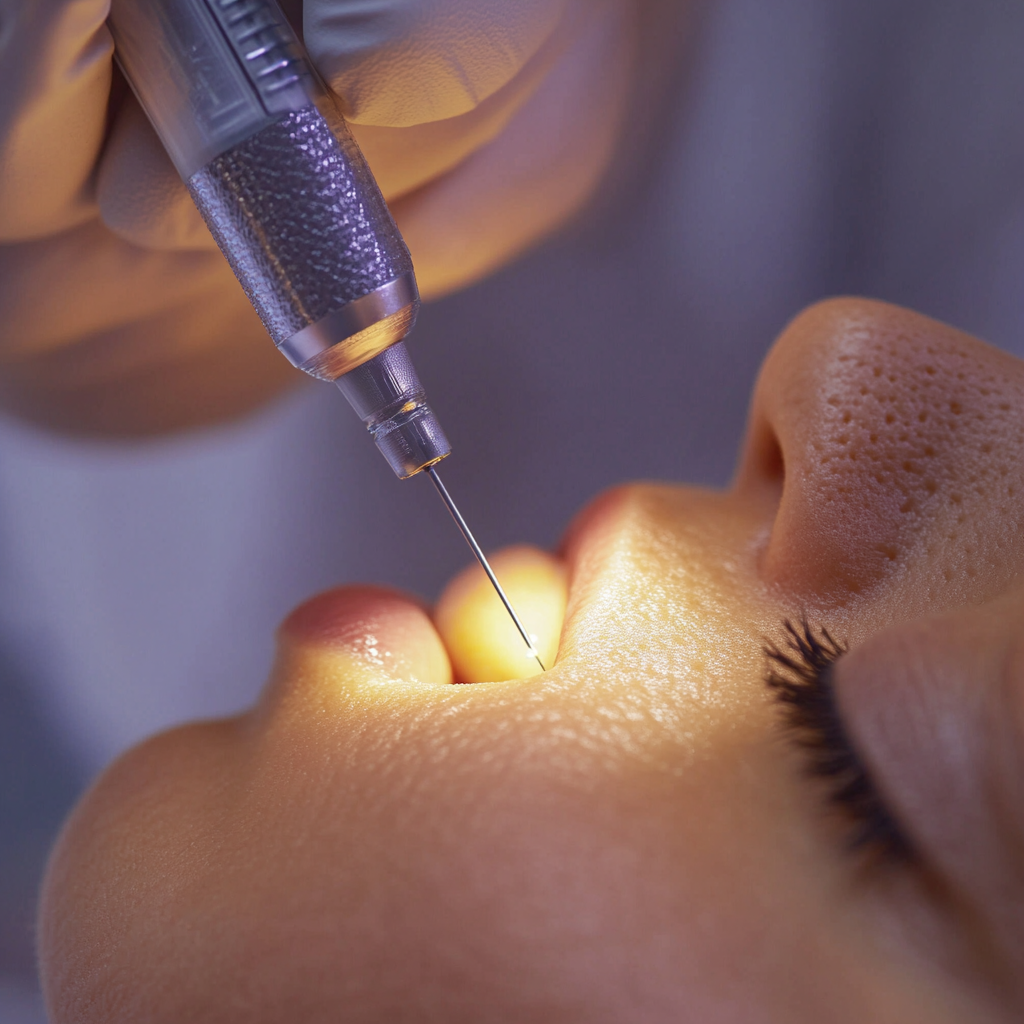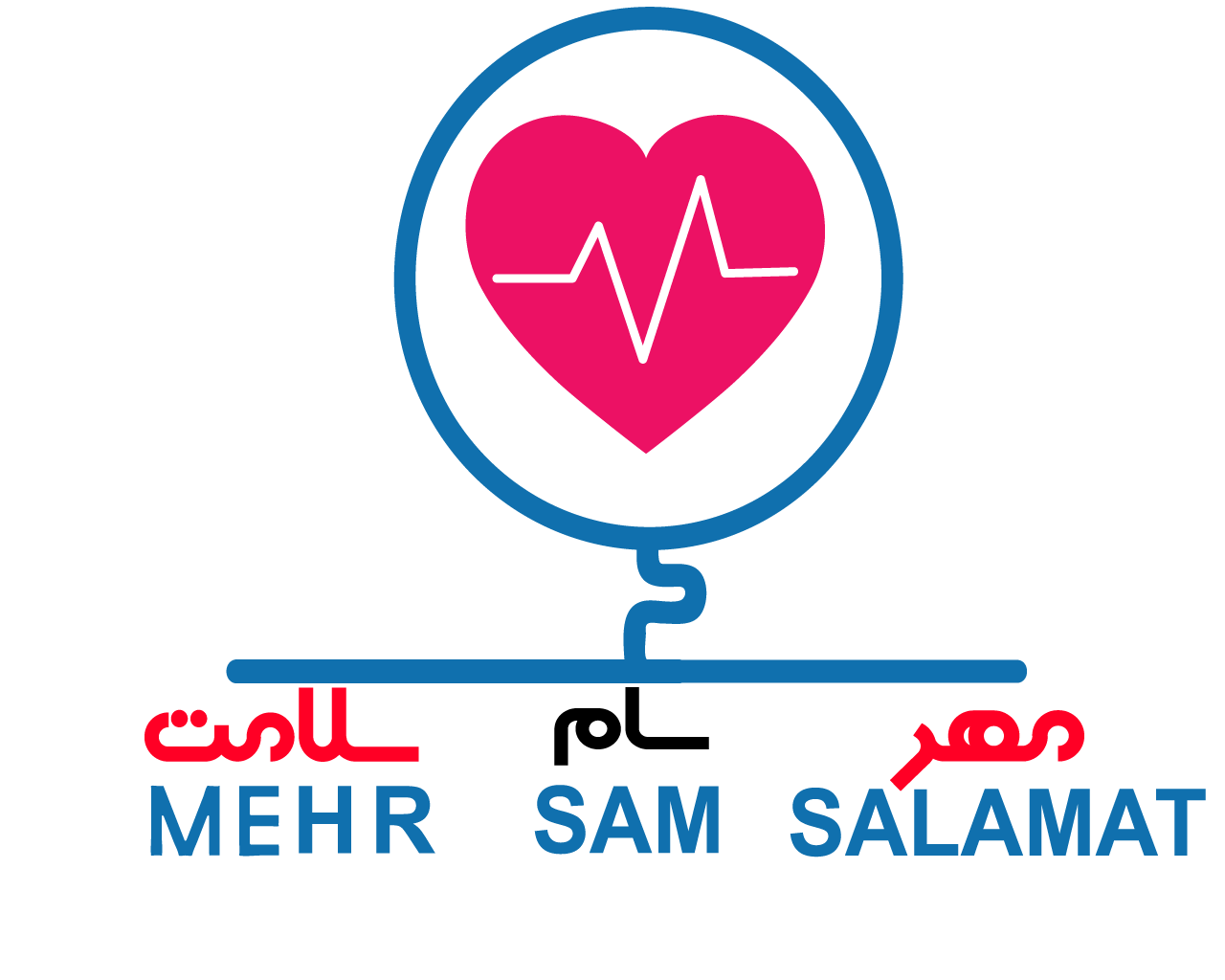
Fat Grafting (Fat Transfer) in Aesthetic Medicine
Fat Injection, also known as fat grafting or fat transfer, is a minimally invasive cosmetic procedure that is increasingly used to rejuvenate and enhance the appearance of the face and other areas of the body. This technique uses the patient’s own body fat as a natural filler and has gained immense popularity due to its natural results and longer-lasting effects compared to many other methods. In this article, we provide a comprehensive overview of fat injection to the face, including its benefits, drawbacks, applications, procedure steps, possible complications, costs, and comparison with dermal fillers.
What is Fat Injection and How is it Performed?
Fat injection is a cosmetic procedure in which fat is harvested from a donor area of the patient’s own body (usually the abdomen, thighs, or flanks) using a technique called liposuction. After processing and purification, the fat is then injected into another area of the body, such as the face. The goal is to increase volume, fill wrinkles, improve skin quality, and achieve overall facial rejuvenation.
The general steps of facial fat injection are as follows:
-
Assessment and Facial Mapping:
The medical specialist carefully examines the patient’s face and identifies areas needing volumization or correction.
-
Fat Harvesting (Liposuction):
Fat is removed from donor areas using small incisions (3–4 mm) and a cannula via liposuction or lipomatic techniques. Typically, about 30–60 cc of fat is harvested for facial injection.
-
Fat Processing and Purification:
The harvested fat is processed to remove impurities, blood, and damaged cells. This typically includes washing with saline and centrifugation at 3000–4000 rpm for 2–3 minutes.
-
Fat Injection:
Purified fat is meticulously injected into target facial areas with special needles or cannulas. Common sites include the cheeks, temples, nasolabial folds, lips, and under the eyes. Doctors usually use multi-layer injection techniques to place the fat at different skin depths.
The entire process usually takes between 2 to 3 hours and is mostly performed under local anesthesia, although sedation may be used in some cases.
Applications of Facial Fat Injection
Facial fat injection is used for various purposes, including:
- Filling under-eye hollows: Improves dark circles and hollows under the eyes.
- Correction of smile lines and nasolabial folds: Reduces the depth and visibility of these lines.
- Cheek augmentation: Makes cheeks appear fuller and more youthful.
- Filling acne or scar depressions: Improves skin appearance in areas affected by scars.
- Overall facial rejuvenation: Naturally enhances the quality and appearance of skin.
- Correction of congenital asymmetry: Improves symmetry and harmony of facial features.
- Repairing trauma or injury: Reconstructs areas damaged by accidents.
- Jawline definition: Sharpens the jawline and contours the face.
- Natural lip augmentation: Increases lip volume and shape naturally.
Benefits of Facial Fat Injection
Facial fat injection offers multiple advantages, making it an attractive option for facial rejuvenation:
- Longer-lasting results: Results can last for years, as a portion of the injected fat becomes living tissue and remains in the treated area. While 30–50% of the injected fat may be absorbed in the first 3–6 months, the remaining fat cells can survive long-term (2–10 years).
- More natural appearance: Since the patient’s own fat is used, the results are more natural-looking than synthetic fillers.
- Minimized risk of allergic reactions: The risk of allergic reactions is minimized as the procedure uses the patient’s own tissue.
- Skin rejuvenation: Fat is rich in stem cells, which may help rejuvenate and improve skin quality.
- Cost-effective in the long run: Due to its longevity, fat grafting can be more cost-effective over time compared to temporary fillers.
Side Effects and Possible Risks of Fat Injection
Like any medical procedure, fat injection may come with side effects and risks. However, when performed by a qualified medical specialist, serious risks are rare.
Common short-term side effects:
- Bruising: The most common side effect, usually resolves within a few days to a week.
- Swelling: Common after the procedure, may last several weeks.
- Numbness: Temporary numbness at the injection site, typically resolves on its own.
- Pain: Mild to moderate pain, manageable with medications.
- Inflammation: Temporary redness and swelling at the injection site.
Potential long-term or serious complications:
- Hardening of fat under the skin
- Skin tissue damage (rare)
- Fat cyst formation
- Blood circulation problems and embolism (very rare)
- Scarring at liposuction or injection sites
- Asymmetry in results
- Infection at the donor or injection site (rare)
- Bleeding at donor or injection site
- Nerve damage
- Blood clot formation, especially at the donor site
Fat Grafting Longevity
The durability of facial fat injection varies, depending on factors such as injection site, surgeon’s technique, individual patient characteristics, and post-procedure care. In general, fat injection lasts longer than hyaluronic acid fillers (6–18 months), and may persist for 2–10 years or even longer.
In high-movement areas (like smile lines), less fat may persist (around 20%), while in more static areas (cheeks or chin), retention is higher (50–70%). Final results are usually visible 3–6 months after injection, following the reduction of initial swelling and absorption of excess fat.
Comparison: Fat Grafting vs. Dermal Fillers
- Fat grafting uses the patient’s own fat and offers long-lasting, natural results, lower risk of allergy, and potential skin rejuvenation benefits through stem cells.
- Dermal fillers, especially hyaluronic acid fillers, provide immediate but temporary results (6–18 months), require no fat harvesting, and are ideal for minor corrections or patients lacking enough donor fat.
Conclusion
Facial fat injection is an effective and safe method for rejuvenating and improving facial appearance, providing natural and long-lasting results. However, as with any cosmetic procedure, it is crucial to consult with a specialist and thoroughly consider all benefits and risks beforehand. Choosing an experienced and skilled doctor can help minimize risks and complications and achieve the desired outcome.
